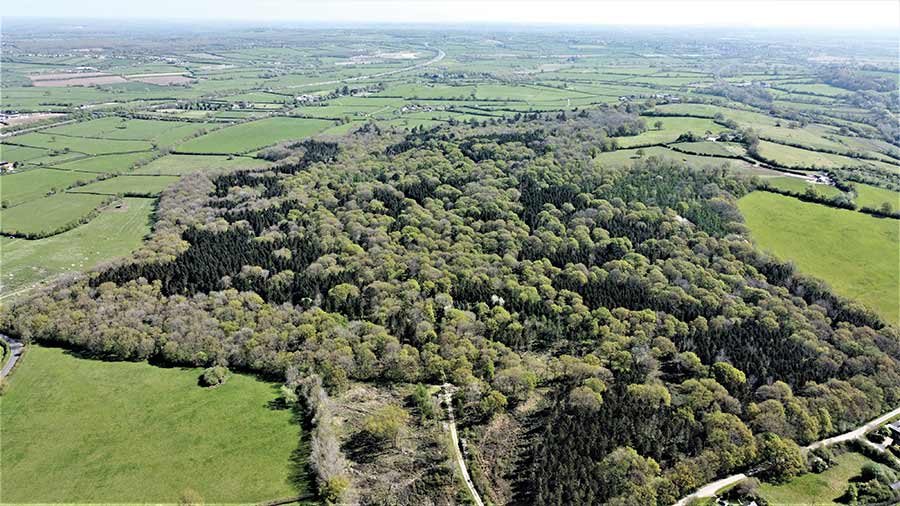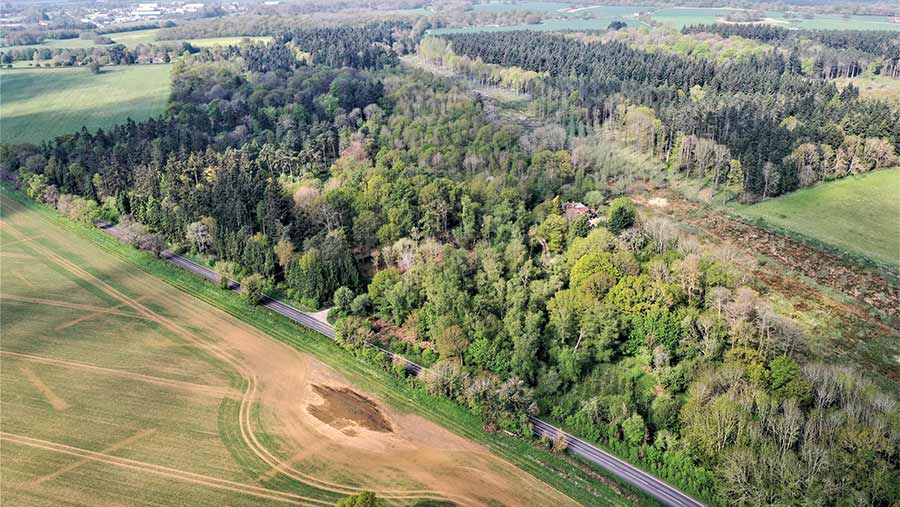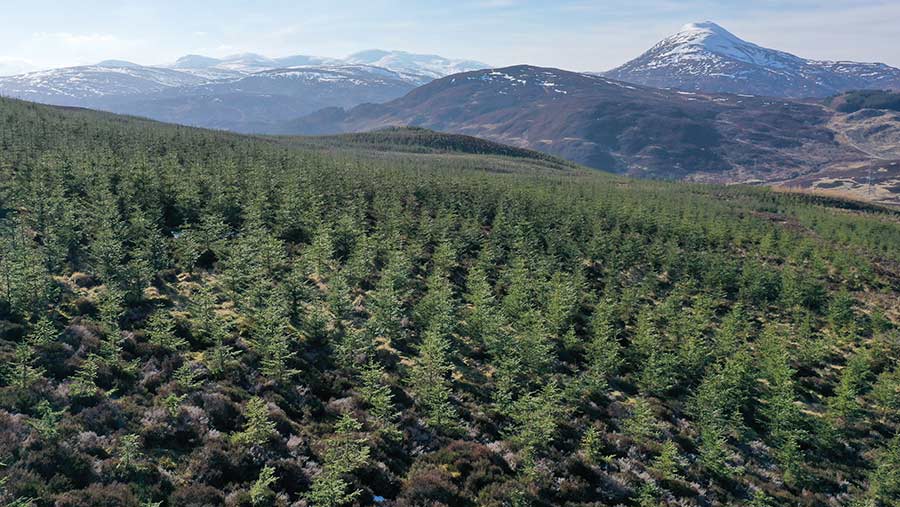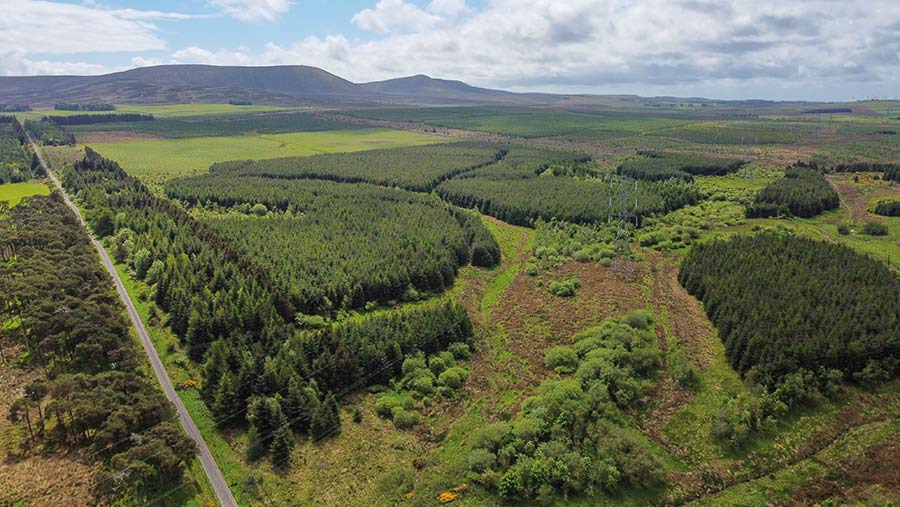Woodland investment: Demand, barriers and what’s available
Substantial investment in new woodlands may be lost due to the complicated and time-consuming system imposed by the England and Wales governments.
Mike Tustin of woodland and forestry specialist Tustins said there was strong demand for land for new woodland creation, but dealing with the relevant government departments in both countries was holding up the process.
“While new woodland creation is strongly promoted by the English and Welsh governments, very little land with consent to plant becomes available, principally due to the time-consuming and expensive processes involved in obtaining the required permission from what are effectively divisions of those same governments,” said Mr Tustin.
See also: UK forestry market value jumps almost 25% to more than £260m
“There is considerable money seeking to create substantial areas of new woodland at present and if it cannot be readily invested, it will find a suitable home elsewhere, which would be a sad loss to the forestry sector.”
As a result of this situation, there is currently a lack of choice in the woodland market in England and Wales and a highly competitive bidding scenario when woods do become available, escalating prices, he said.
Creating new woodland
To create new woodland in England, landowners need to develop a written plan that includes evidence of site appraisals and design concepts, and complies with the UK Forestry Standard.
Depending on the specifics of the project, a multi-stage environmental impact assessment process must also be completed.
The Forestry Commission offers a range of funding schemes for woodland creation, tree planting, planning, maintenance and tree health. The commission can also give advice and guidance on the legal regulations that must be followed and how to establish woodland sustainably.
The Woodland Creation Planning Grant provides funding to help cover the costs of producing a UK Forestry Standard-compliant woodland creation design plan, capped at £30,000.
In Wales, applicants must ensure their new woodland creation projects meet the regulations and standards set out by Natural Resources Wales.
Through the Welsh government’s sustainable land management scheme, Glastir, farmers can access two relevant financial support schemes: Glastir Advanced and Glastir Woodlands.
What’s on the market?
While there are concerns about creating new woodland, recently there has been a greater number of established woods being launched on the open market, said Mr Tustin.
Multiple income streams
Two woodlands with commercial and sporting opportunities have come to the market with Tustins.

Great Wood © Tustins
Great Wood, between Royal Wootton Bassett and Malmesbury in Wiltshire, covers 117 acres and has a guide price of £1.95m.
It includes a mix of commercial conifers, including Douglas fir and Norway spruce, as well as native broad-leaves such as oak.

Clifton Heath Woodland © Tustins
Clifton Heath Woodland, near Oxford, Oxfordshire, comes with 91 acres of a range of classic UK timber species and sporting and mineral rights. It is guided at £1.1m.
Forestry estate

Glengoulandie © Goldcrest Land and Forestry
Near Aberfeldy, Perthshire, Goldcrest Land and Forestry has launched 2,975 acres of young conifer crops and mixed broad-leaves for offers above £5.85m.
Glengoulandie includes two three-bedroom cottages and a farm building or workshop.
Scottish woodland

Buteland Farm © Galbraith
Galbraith has launched 965 acres of woodland at Buteland Farm, near Balerno, Midlothian, close to a range of timber markets.
Guided at offers above £3.5m, the area includes a combination of productive conifer species and mixed broad-leaves, with the potential to expand sporting and environmental interests.
